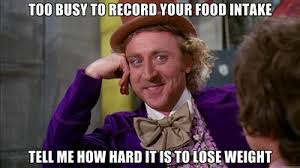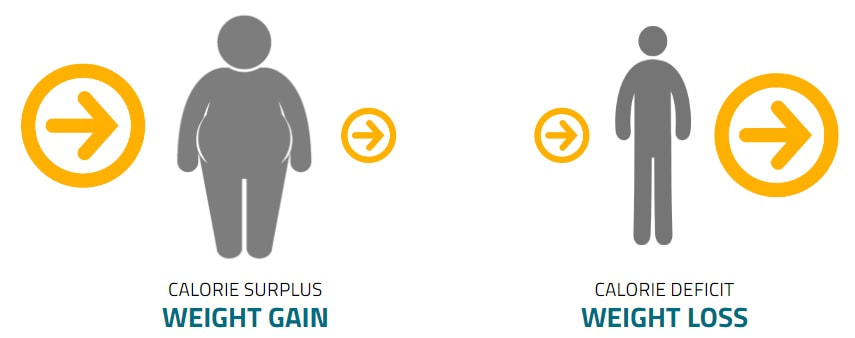|
First off, it’s been a while since my last blog so apologies! I’ve had discussions with people in the past who say they eat healthy, but can’t seem to lose weight. In some cases, they have no idea of how much they eat and how much they actually need to eat to lose or maintain their weight. The simple science behind weight loss is this – If you burn more calories than you eat you will lose weight. In other words, you need to be in a calorie deficit to achieve weight loss. For example, if you burn 3,500 calories per week or 500 calories per day less than you eat you will lose a pound of fat per week. However, unless you know your current calorie intake and activity levels, how will you know if/when you’re consuming less and moving more? To get a clearer picture of all this you need to be able to measure/track both Nutrition and Activity. Part 1 of this blog will cover Nutrition. Nutrition As I’ve mentioned in the past, what you eat (both the quality and quantity) is the most important part of any weight loss, gain or maintenance plan. The simplest way to measure your food intake is by calculating how many calories you consume daily/weekly. As explained above, if you’re aiming to lose weight, you need to have a calorie deficit. Also, if you’re looking to gain weight, the opposite becomes the case. To establish a baseline, it’s useful to understand how many calories you actually need to start with. The average Man needs between 2,300 and 2,500 calories daily for maintenance. The figure is 1,800 to 2,000 for the average woman. An easy formula I found worked to help calculate my daily calorie target was:
Your weight in kilos multiplied by 17.5 or in pounds multiplied by 8 = daily calorie target. Once you’ve calculated this, you then need to establish what percentage of your macronutrients or macros (Protein, Carbohydrates, Fats) will make up your daily calorie intake. You need the right type of calories for not just fat loss but also recovery, maintenance and muscle growth. If you're looking to calculate your daily macro requirement, a simple equation I’ve used in the past while trying to achieve fat loss (weight loss) is : Daily protein In grams = 2.5 multiplied by Bodyweight in Kg Fat 1 X bodyweight in Kg Carbs = Balance For example, an 80kg person would need: Protein 2.5 x 80g = 200g Fat 1 x 80g = 80g Carbs = Balance of calories remaining of 1,400 calories (80kg x 17.5 as above) a day *Please note that these are estimates, if you want to calculate the exact number of calories you require daily there are scales, apps and online calculators available that can be used to achieve this. A high protein/low sugar or carb diet will lead to fat loss, as well as improved satiety and lean muscle growth. Once you’ve established this, you now need to be able to track your calories and macronutrients. Some do this via a food diary, however the easiest way to do this is via an app like My Fitness Pal or Lose It. Both apps are easy to use, and also have barcode scanners to scan food labels, so the food tracking process is very simple. The apps in some cases also give you a summary of what your weight will be in say a month’s time IF you continue consuming calories at the rate you’ve logged. The calculation is achieved by synching your activity levels with the calories you’ve consumed and giving you your calorie and macronutrient balance. Which brings us to activity tracking which I’ll discuss next time.
1 Comment
|
AuthorHi, Lou here, I'll be sharing my thoughts and insights via my blog regularly, so please stay tuned! CategoriesArchives
January 2020
|
Quick Links |
Personal Training in SurreyGravis Fitness is one of the leading personal training & transformation programmes in the Surrey area
Terms & Conditions |
Gravis FitnessTel:
+447495385097 |




 RSS Feed
RSS Feed


